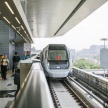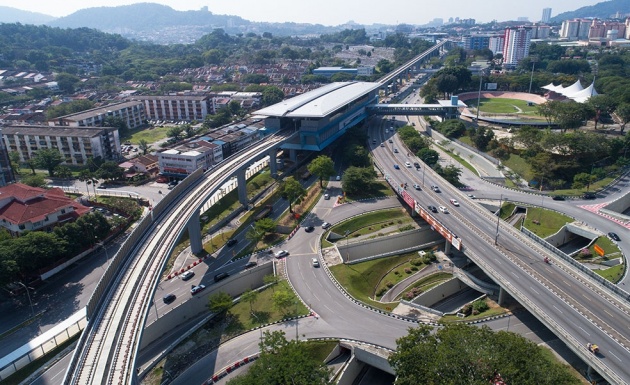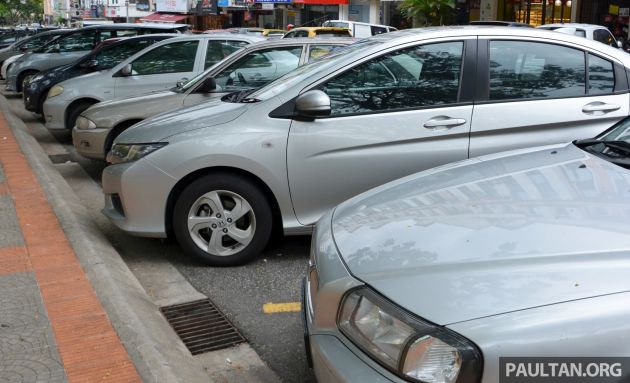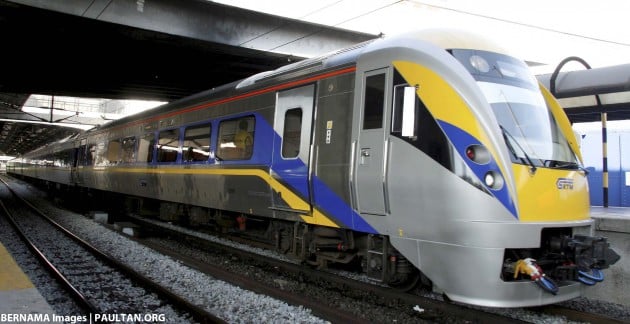The government is aiming to encourage a behavioural shift from private vehicles to public transport as part of its development structure for the country under the 12th Malaysia Plan (RMK-12). Presently, the public transport modal share remains low (it was just 21% in 2018), with the general choice of mobility still very much centred around cars.
A number of reasons define why this remains so – with inadequate connectivity, lack of accessibility and patchy reliability of services, it’s no surprise to see people continuing to rely on private vehicles for their daily transport needs. Nowhere is this more telling than in the Klang Valley, despite the reach provided by the Klang Valley Mass Rapid Transit (MRT) and Light Rail Transit (LRT)) networks.
In this urban environment, the key to success (or traction) lies with seamless, accessible first- and last-mile connectivity, something that has been lacking. The government realises this, and says that continuous efforts will be carried out to improve these aspects in a bid to increase the ridership of public transport services.


To minimise waiting and travelling time, the frequency of feeder buses will be increased and the routes will be realigned, while e-hailing services will be integrated with the MRT/LRT network and other transport services.
Efforts to encourage the usage of alternative transportation for first- and last-mile connectivity will also be undertaken. The plan is to increase usage of micro-mobility vehicles and enhance pedestrian lanes in urban areas to encourage active mobility, and the infrastructure at primary public transportation nodes will also be upgraded to facilitate the integration of micro-mobility vehicles.
All good and fine when it comes, but reliance on the trusted is a hard thing to break, and so, to steer people towards looking at public transport as the primary choice, the 12th Plan also outlines the plan of introducing loading on private vehicles to prompt the shift away from their use, especially into city centre areas.
The Plan mentions that collaboration between relevant authorities will be enhanced in ensuring effective enforcement of private vehicles entering city centres. How this will be managed was not detailed, but the possibility of a road pricing scheme (similar to the ERP in Singapore) cannot be discounted.
Also, measures such as limiting parking spaces and imposing higher parking charges in areas with good public transport connectivity will also be implemented in a bid to manage the inflow of private vehicles into city centres. As an additional carrot, unlimited passes for train and bus passengers will be extended to further encourage ridership.
In the intra-urban context, dynamic fares will be expanded for ETS services to encourage the usage of inter-city rail transport, where fares will be determined by market demand. Higher fares will be charged for last-minute purchases compared to planned journeys.
For rural areas, the Plan suggests innovative and non-traditional public transport options will be
considered. An alternative community-based public transport system that offers affordable services will be introduced, with one of the options being considered a ‘dial-a-ride system’, where a phone call-based system provides door-to-door service for people who do not have access to conventional public transport amenities.
The government says that it is also looking at addressing the lack of holistic travel demand management by getting everyone to “talk” to each other. How it plans to do so is by integrating different modes of transport under one coordinating platform. This will coordinate and optimise schedules, effectively minimising the waiting time between different modes.
The platform, which will incorporate the sharing of real time data among public transport operators to ensure efficiency, will also develop an integrated and reliable journey planner.
The post RMK-12 plans to shift Malaysians from cars to public transport – less parking, higher charges in city centres appeared first on Paul Tan's Automotive News.




0 Comments